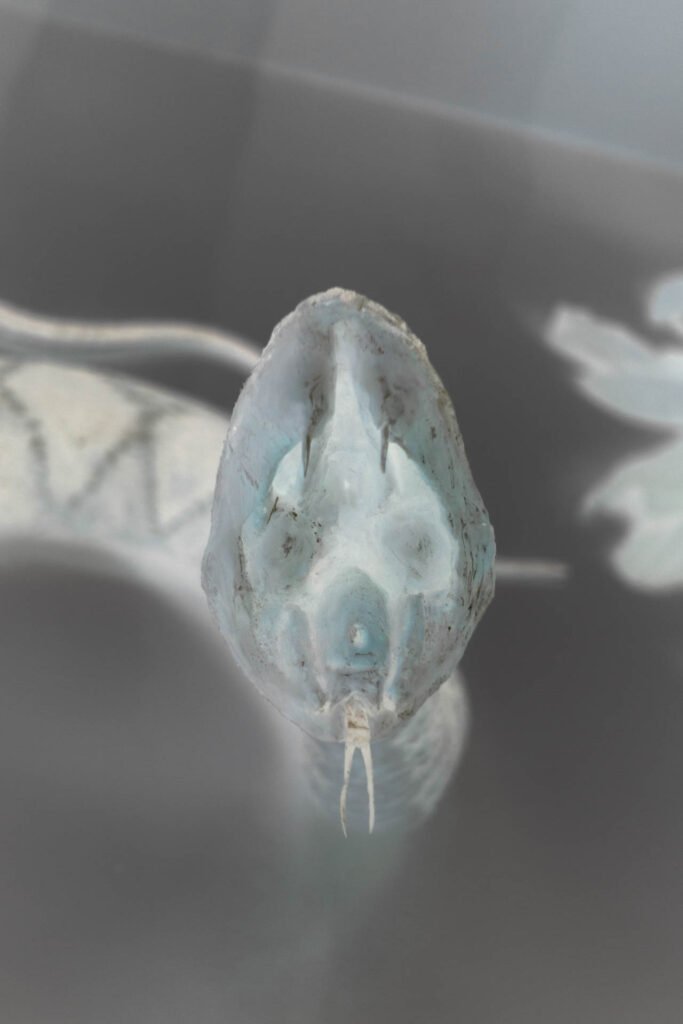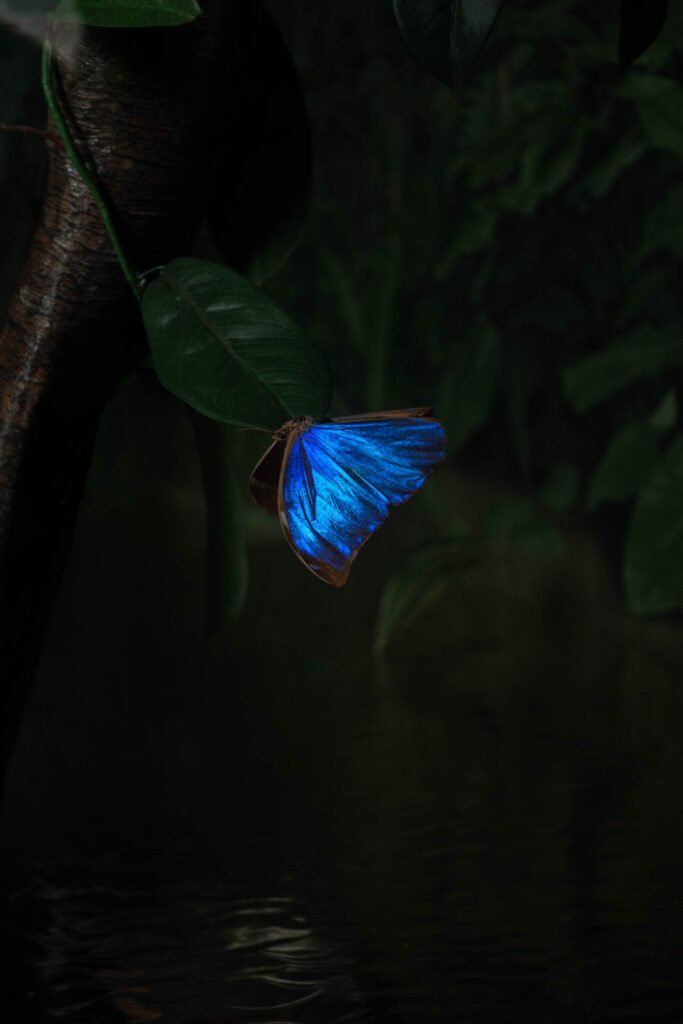“[…] one of the fundamental properties characteristic of all living things, without exception: that of being objects endowed with a project, represented in their structures and at the same time realized through their performances […]”
Jacques Monod, Chance and necessity
Our eye acquired its shape in less than 100 million years.
600 million years ago it was simply a sensor of circadian and seasonal rhythms, but it quickly evolved into an organ capable of producing images.
Photoreceptors are specialized neurons found on the retina. The light that reaches the back of the eye is “translated” into bioelectrical signals that reach the brain through the optic nerve. Photoreceptors are of two types: cones and rods. The cones are concentrated in the central area of the retina (the fovea) and are responsible for color vision (photopic) and distinct vision; there are at least three different types, respectively for red, green and blue (there are about 6 million per eye). Rods, on the other hand, are more sensitive to movement, are used for vision in the dark (scotopic) and are concentrated in the peripheral area of the retina.
In conditions of absolute darkness, the Homo Sapiens eye may be able to detect an amount of light energy equivalent to only 5 photons.
We cannot choose whether or not to see reality, it is in front of us.
The force of evolution pushed us to get here, it took us beyond the mountain.
What did it want to show us?
Studio Cratere is a multimedia production company founded in Milan in 2022.













